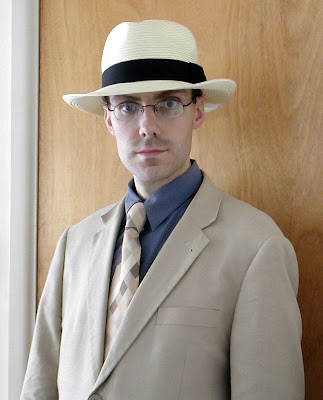 |
| source |
Forgotten aviation pioneer’s aircraft to take to the air once more
History can be a fickle thing at times, as these two recent articles about a previously unheard-of 1900s Welsh aviator show. While the names of Wright, Alcock & Brown, Lindbergh and Earhart will forever be writ large in the annals of aviation those who came before even them, the "nearly men" of powered flight - John Stringfellow, George Cayley, Otto Lilienthal and Octave Chanute to name but a few - remain obscure at best. The subject of this story, Welshman Christopher Carlyon, would likely have remained buried in that same list were it not for the efforts of the aviation enthusiast and fellow countryman mentioned in the articles who is determined to see a replica of Carlyon's aeroplane built - and more importantly, fly.
The eccentric engineer and the 'pioneering' Valleys flight that never was
Although his design came after the Wright brothers' famous flight at Kitty Hawk Carlyon's aircraft apparently contained several features far in advance of the Wright Flyer, which there is little doubt would have had a positive effect on its flying ability. That Christopher Carlyon was just a 17-year old colliery worker at the time, with little experience of the mechanics of flight, makes his attempt to fly all the more remarkable and the unfortunate destruction of the machine during a heavy storm in 1910 particularly heartbreaking.
Christopher Carlyon: Pontycymer's unsung aviation pioneer
Reading these two pieces one thing that strikes me is how easy it is to forget just how new and unknown powered flight must have been at the turn of the last century. The Wrights had the earlier works of glider pilots like Lilienthal and Chanute to use as a basis plus the mechanical know-how gleaned from their experience with bicycles, printing presses and so on. But even a large chunk of their research was based on studying pictures and reports of the early gliders and it seems this is what Carlyon did when news of the Wright's breakthrough flight reached Pontycymmer - plus he also travelled to see the Flyer when it came to London in 1904.
It is a strong reminder, over a century later and with powered flight now utterly commonplace, of just how thrilling, exciting and inspiring mankind's sudden ability to travel through the skies was at the time. I can imagine a young Christopher Carlyon being one of thousands to go up to London to see this amazing new machine, being moved to build one of his own and damn well nearly succeeding too.
 |
| source |
While the events that led to the destruction of the Carlyon glider and Carlyon's own life after this remain tragic it is splendid to see that there are those out there intent on seeing that his achievements are not totally forgotten, especially by attempting to build and fly a full-scale replica. I hope Mr Thomas Maddock (above, with his 1/3rd scale model) is successful in honouring - and proving right - a fellow Pontycymeran inventor and pioneer pilot.






















